Do underappreciated classic cars still exist?
We all became tired of hearing the word “unprecedented” during the last three years, and to cope, a lot of us turned to our old standby interest in cars. The problem was, everyone did this at the same time, and the impact on the enthusiast car market was, well … unprecedented.
Collectively, we experienced the continuous stream of shocking value increases (“a WHAT sold for HOW MUCH?”), and cars—those objects supposed to provide us solace and distraction—became a demoralizing reflection of another depressing (but this time not unprecedented) reality: inflation. The result was one hell of a seller’s market.
Frankly, it was a depressing time to be into cars. Every car that was halfway interesting seemed to be slipping out of reach, but for those of us willing to look under the right rocks, all was not lost. There were, and still are, certain less obvious cars that represent great value—cars that are aesthetically interesting, fun to use, and offer plenty of character. I’ll get to those.
First, let’s take a closer look at some of the most offensive increases, which were concentrated on the cars with the most widespread appeal. Cars like air-cooled Porsches and gated manual-transmission Ferraris.
In that superheated realm of desirability, cars we’d previously regarded as unbuyable, or at least not terribly appealing, suddenly looked surprisingly attractive given how much less they suddenly cost compared to their more desirable brethren. In 2019, when a stick-shift Ferrari F355 cost $75,000, a $50,000 348 drove buyers to ask, “Why not spend the extra cash to get 80 more horsepower, 1000 more rpm, and a six-speed gearbox?” Two years later, when a manual F355 cost $150K, $200K, or even $300K, a 348 suddenly looked like a bargain. Then it climbed to $80,000.
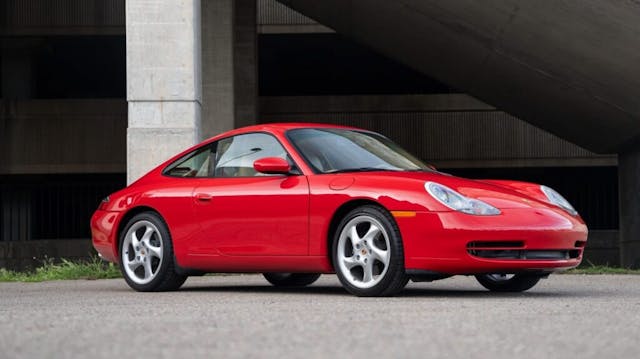
The story was similar in Porsche land, where a manual 997.1 Carrera S coupe with average miles cost $35,000 in 2019, only to become a $50,000 car in 2022. This suddenly made a $20,000 manual 996 coupe look positively reasonable. So, over the following three years, that 996 went up by 50 percent.
This is not simply a case of cars getting more valuable as they age. In both of the above examples, you’ll notice that the less-valuable car is actually older, and for both the 348/355 and 996/997, the updated, later version has always been more valuable: It is an objectively better version of the earlier car that gives up little of the early car’s charm.
Ultimately, these scenarios represent a case of humans behaving rationally, deciding that we’d rather have this than that, but only if the premium for “this” doesn’t exceed, say, 25 percent. And if the value difference becomes too great, then the market will eventually correct itself to reestablish the prior value relationship between two cars. This usually takes some time to happen, and in fact, my intuition is that the 348 is still appreciating as buyers internalize the explosive 2021–22 value increase of the 355.
These value dynamics are useful for blowing out the stubborn cobwebs of outdated narratives about a particular car. As previously unloved models like the 996 and 348 become more valuable, the dominant dialog about these cars—generally something about how undesirable they are—has to change. And it does.

While this all felt deeply unsettling and at times infuriating, such shifts have occurred many times in the past. Twenty years ago, the Porsche 911’s value hierarchy looked quite different than it does today, and so did the commentaries of pundits and enthusiasts. Mid-years (1974–77) and 964s were derided as problem-ridden and less performant than the more desirable, later variants of the same cars (SCs/Carrera 3.2s and 993s). This rhetoric has effectively disappeared.
There is, or was, some truth to these complaints; that’s why they existed in the first place. But they aren’t the catastrophic deal-breakers they were once made out to be. Every generation of 911 that was unloved at some point has certain boogeyman technical problems that were weaponized by their detractors to explain why that variant was junk. For the mid-years, it was thermal reactors and pulled head studs. For the 964, it was overheated secondary-distributor drive belts and oil leaks due to a gasket-less mating surface between cylinders and heads. For the 996, it was intermediate shaft bearings and air-oil separators.
In period, these were big, expensive problems. They still are. But back then, the cars were inexpensive enough ($15,000 for a decent example with no major mechanical needs) that a lot of them were junked instead of fixed. Sick examples could be bought cheaply by well-meaning but undercapitalized enthusiasts, which led to further attrition.
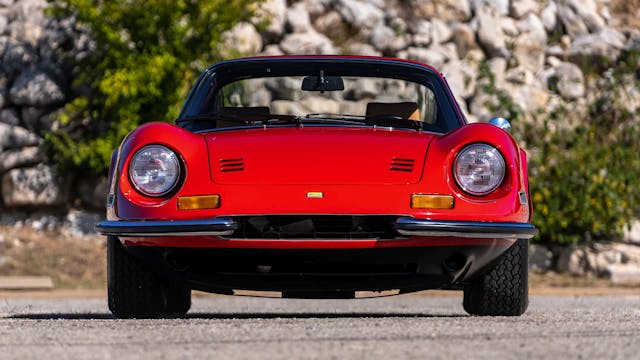
Two decades on, folks eventually figured out that these cars provide more than $15,000 worth of value, and the examples that have survived are fewer in number and, most importantly, mechanically sorted. They deliver an immersive, genuine 911 experience, and today’s enthusiasts love them wholeheartedly, as their prices reflect. The same is true for the Ferrari 246 Dino. For the first 30 years of its life, the Dino was seen as the slow, “less than” Ferrari purchased by those who couldn’t afford a “real” Ferrari. Today, they’re half-million-dollar cars.
Ferraris and Porsches in particular feel like they’ve become something of a rat race over the decades. Although the cars themselves do not change as they age, our relationship to them does. The preferences and narratives we create and consume serve to reinforce, often falsely, our perceived values of these cars. This is unavoidable. We get nostalgic. We get money so we can finally buy that car we always wanted when we were younger. We consume media, social or otherwise, that builds energy around certain cars, eras, aesthetics, even colors.
Prices play an important role, too. There’s nothing like your dream car being financially out of reach to motivate you to consider what else you could buy that offers 75 percent of the experience for 40 percent of the money. And that’s how a particular car’s place in the desirability hierarchy changes. Demographic shifts drive this, yes, but there’s also an element of owners who were initially drawn by the value proposition of a particular car realizing that the mainstream narrative has it wrong, and that an underappreciated car is actually quite good.
So, what’s an enthusiast to do? It’s important to realize the car community is just that, a group of people hanging out and talking, and that means it is subject to social dynamics like bandwagoning. We want the cars we want, at least in part because people out there told us we want them. If we set the assumptions of those people aside, we might just find an underappreciated classic.
Examples are plentiful: Most non-M BMWs from the 1980s through to the early 2000s, plus any M car with an S52 engine. Transaxle Porsches, 986s, and 996s. Series 2, 3, and 4 Alfa Romeo Spiders and any rear-wheel-drive Alfa Romeo with a transaxle. Anything powered by the Lampredi-designed Fiat twin-cam inline-four. The Lancia Flavia and Fulvia. Pretty much any Miata and most RX-7s. Most VTEC four-cylinder Hondas and Acuras. Most postwar four-door Mercedes-Benzes and nearly every Sacco-designed Mercedes, except the 500E. Five-cylinder Audis, minus the Quattro and RS2. Big Healeys and almost anything else British with wire wheels. Most French cars, especially Peugeot Sport products. Sporting variants of Ford of Europe from the 1960s on.
There is, of course, nothing wrong with subscribing to mainstream views, especially if you’re doing so to satisfy a long-held dream. If that is the case, nothing else will do. However, for those of us who are a little more negotiable, a willingness to reexamine our assumptions and get off the beaten path can be very rewarding, both financially and, above all, experientially.
The next time someone tells you a certain car is junk, undesirable, or otherwise lesser, don’t blindly take their word for it. They might know what they’re talking about, or they could be repeating what everyone else said. Hell, you might even be doing it, too! And by the same token, if everyone is going on about how great some other car is, approach it with an open mind and decide for yourself. Your first ride might show you that it’s not the car for you, and you can save your pocket change (or life savings) for something else that brings you more joy.
Cars are an immensely personal, subjective thing. The value we get out of them is a reflection of our own experiences and preferences. Thankfully, the old-car realm is a complex and varied landscape that leaves plenty of room for individuals to find what most resonates with us personally. After all, Ferry Porsche, of all damn people, said, “I wanted to build cars that were not something to everyone, but everything to someone.”
Derek Tam-Scott is a used car salesman and car content grump.
***
Check out the Hagerty Media homepage so you don’t miss a single story, or better yet, bookmark it. To get our best stories delivered right to your inbox, subscribe to our newsletters.
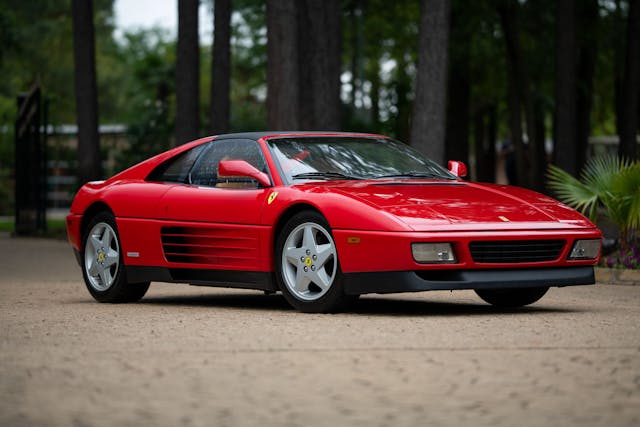
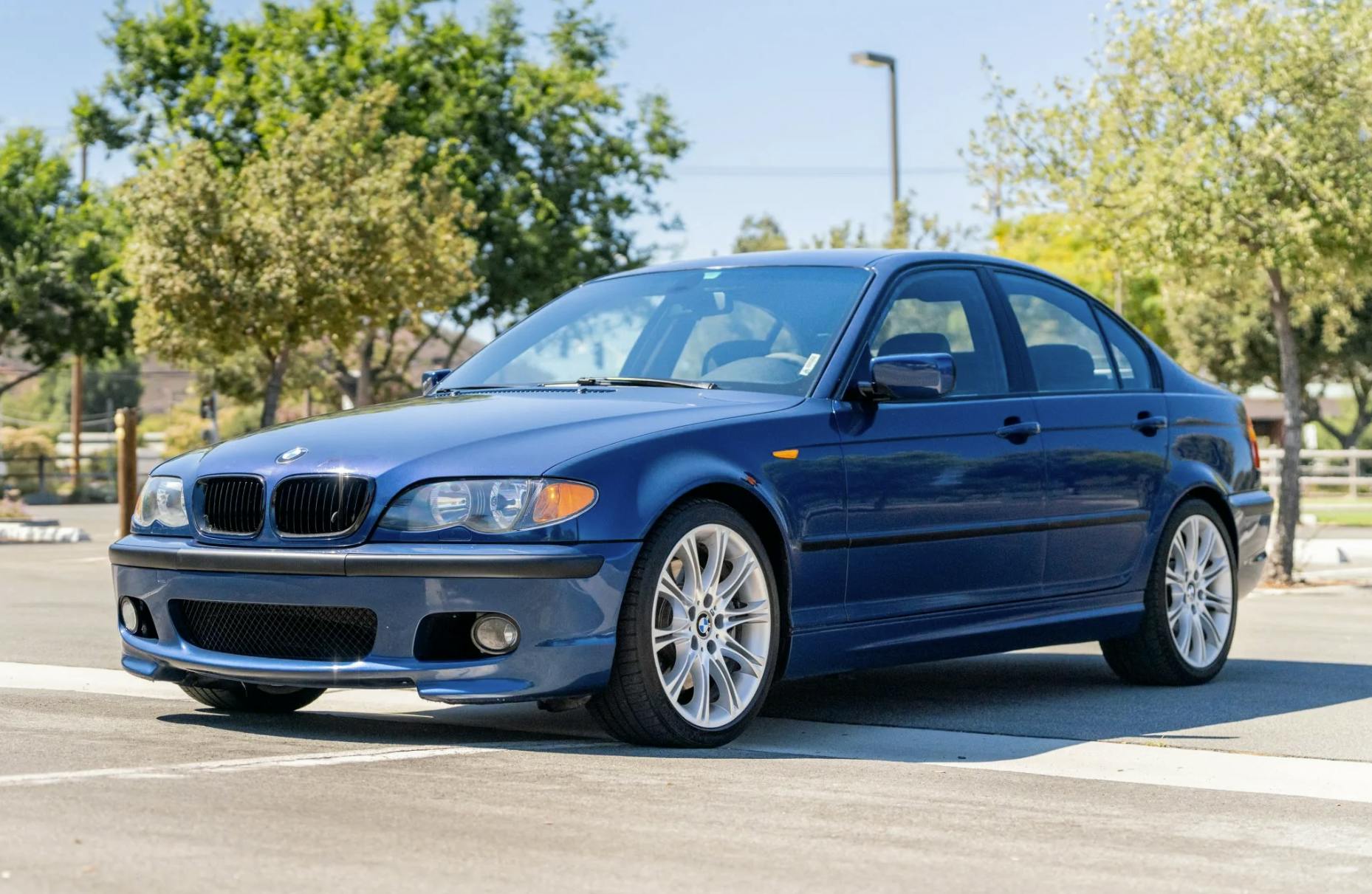
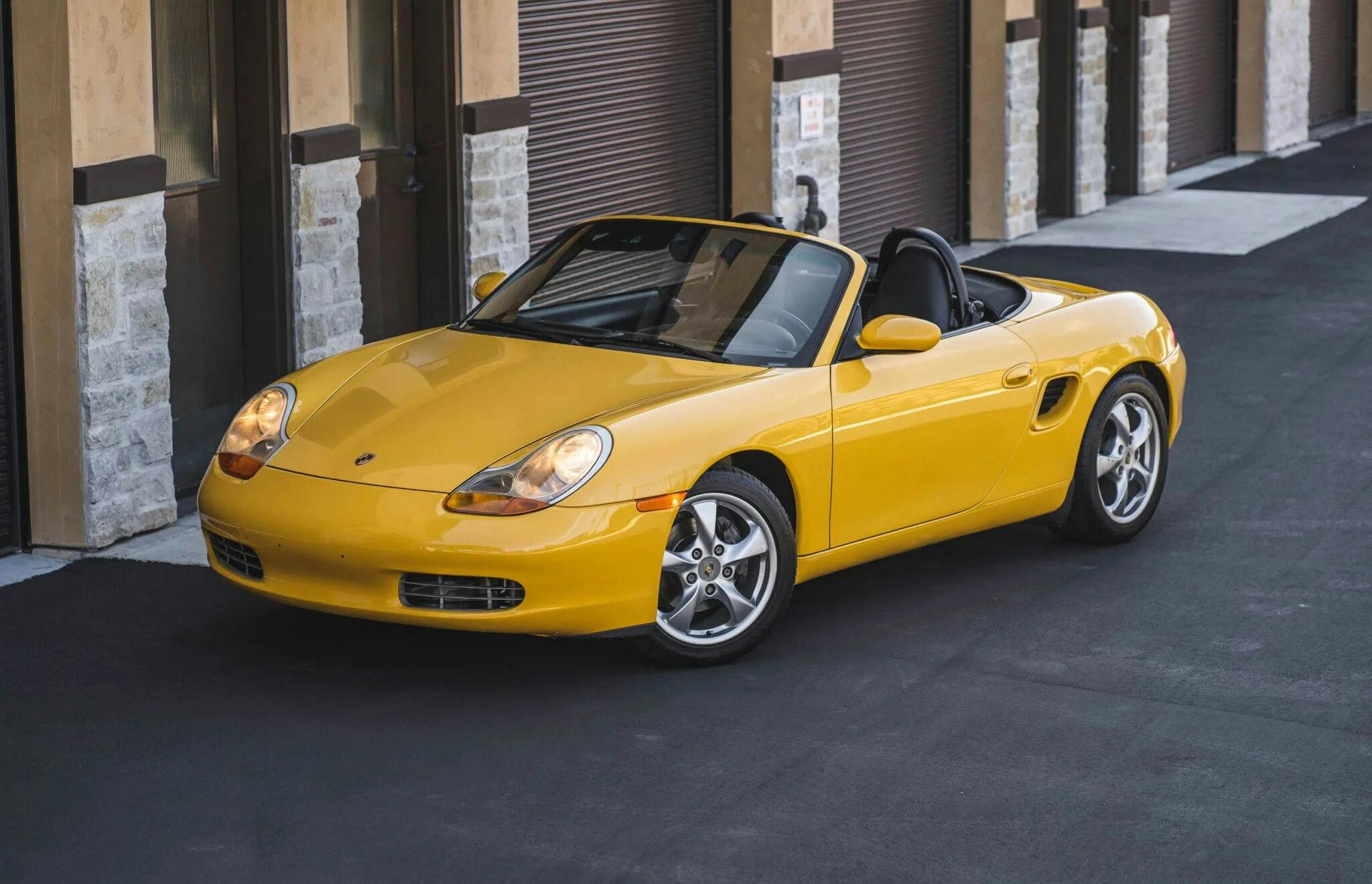
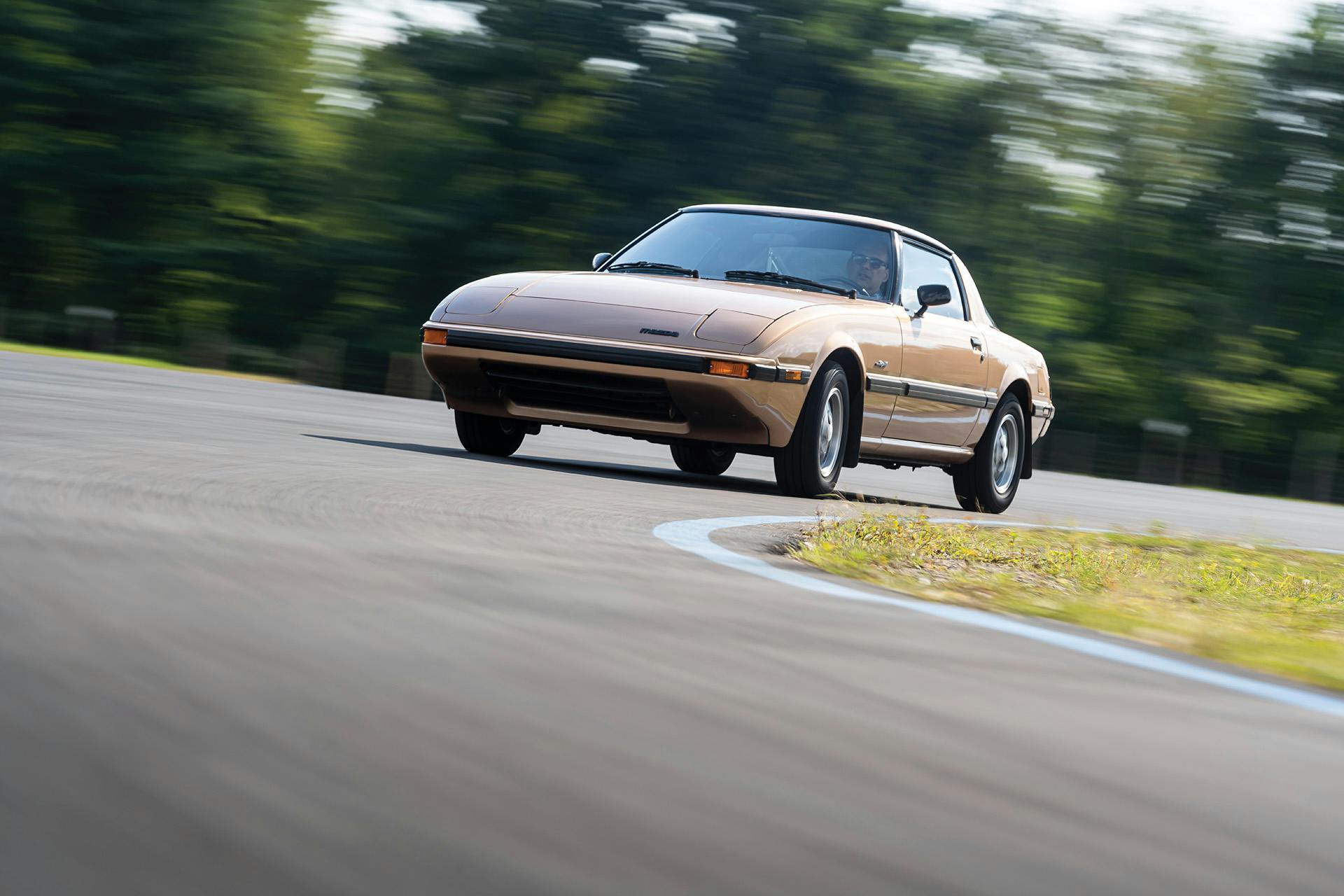

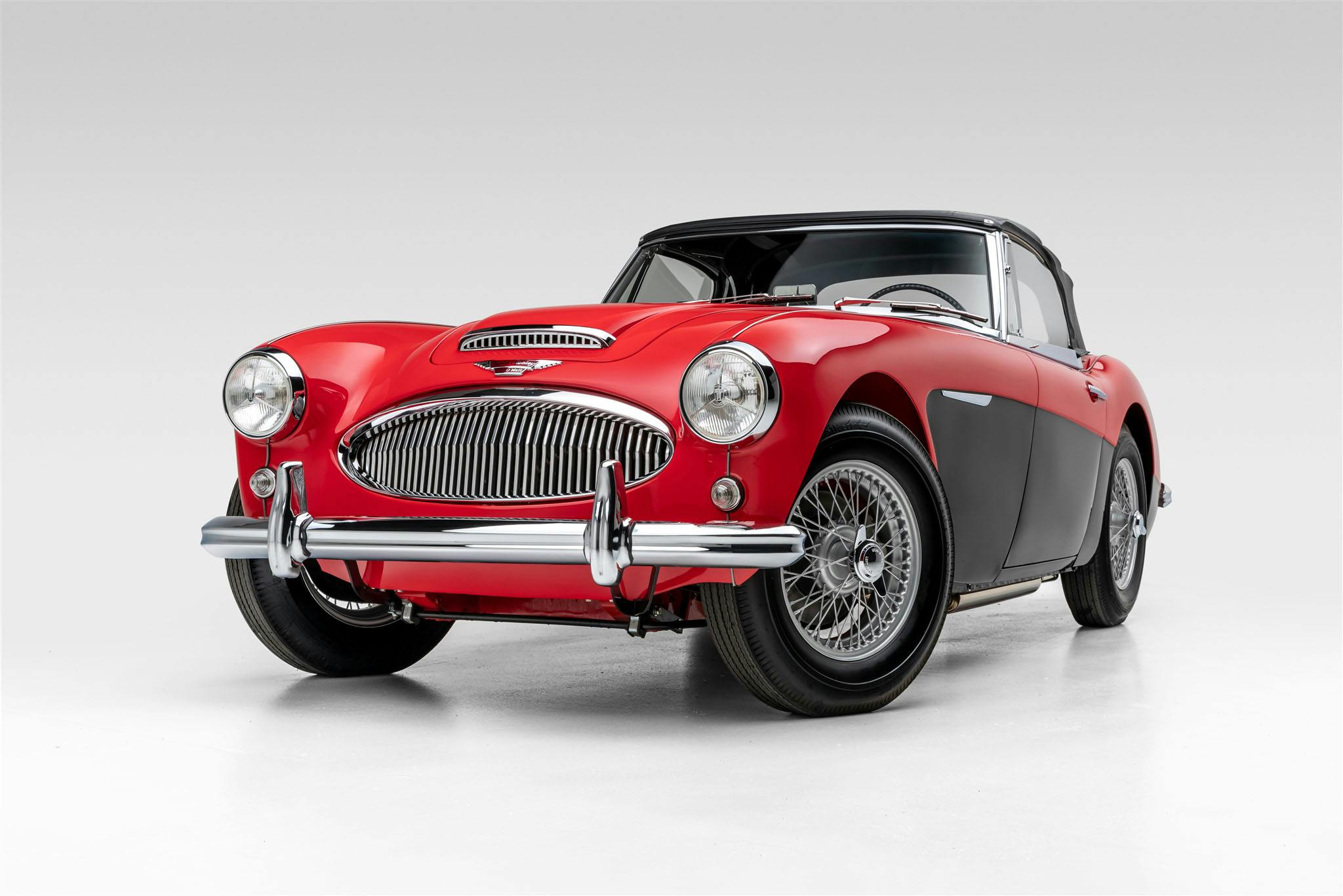
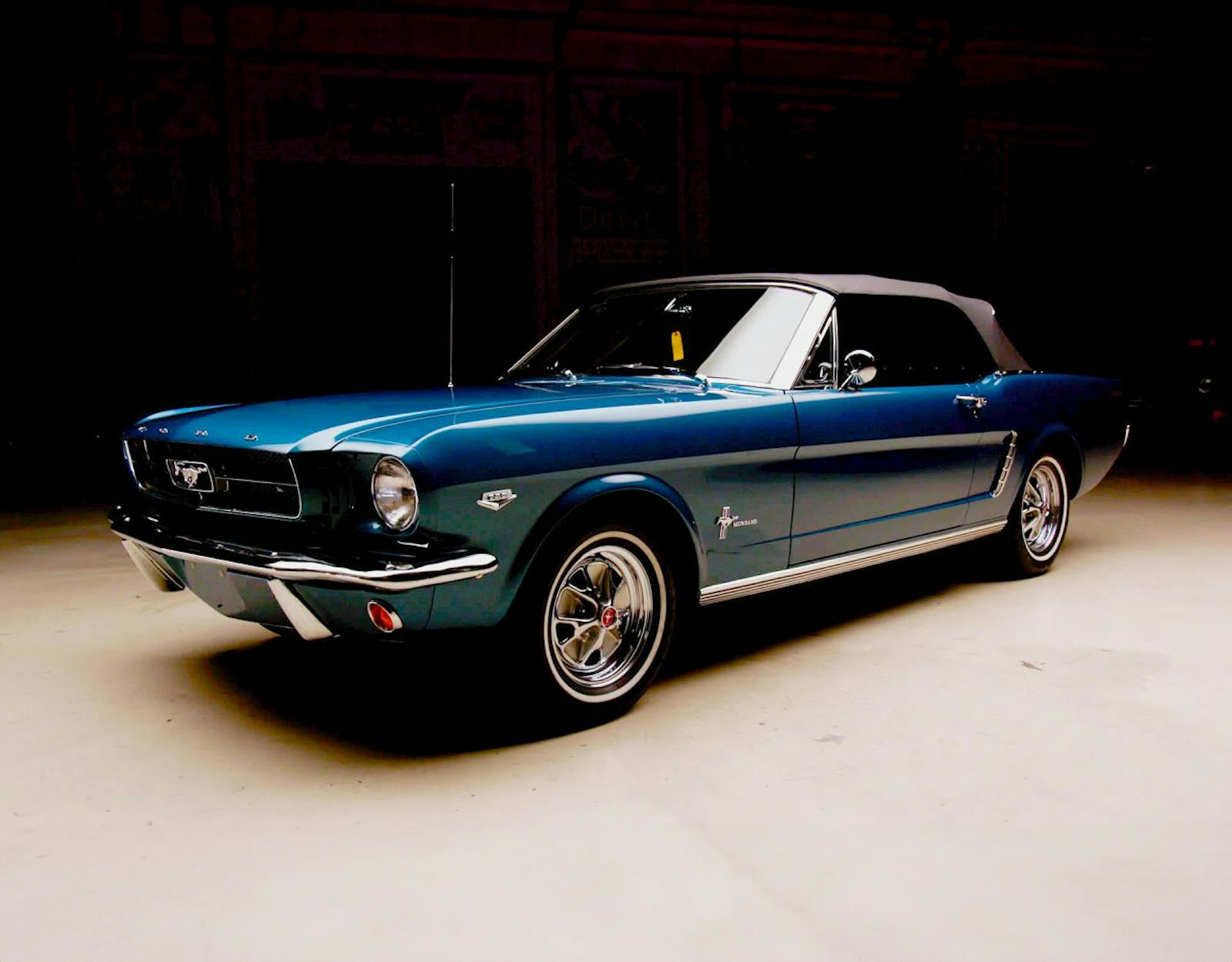

There are tons of under appreciated models out there. Will they always remain that way, who knows?
Cars like the Dino I had a chance to buy at $15K back in 1985. Who Knew as it was as hated at the 308 GT4.
Public demand can turn on a dime at times.
Other models are not popular for many reasons. Like the 348 here. It is a nice car but you can spend just a bit more and get a better later model with more power that cost just as much to maintain.
Supply and demand. Some cars like the C5-6 Corvettes are great cars and bargains right now as there are so many on the market and they are often in like new condition. They are seeing a slow increase but supply may hurt for a while
Other cars may be treasures but often the lack of parts make them near impossible to keep running Many cars from Japan are like this as there is little supply of parts for some cars and the more complicated the car the more difficult to keep it running.
Then you have cars like the 928 and ZR1 first editions. They were big time cars when introduced but lesser cars soon passed them up in performance. Many bought these and sat on them only to see prices not go up as expected. Many stories on the ZR1 today are trying to stir interest so past buyers can unload these cars at a smaller loss. The C5 and later cars just made the ZR1 just another C4 with lower production numbers.
Some car like the Turbo V6 Trans AM have under performed for years. Just now seeing increases. The Super Duties are actually over achieving in my opinion but more power to em. Same on the 10th anniversary. I am a Pontiac guy and I am seeing prices I just don’t understand but still glad to see them.
But here is the truth It is the under performing cars and the cars that go un notices that make the car hobby affordable to everyone. If everything was 6 figures we would not have a hobby as we do today. We need these cars to fill the dreams of those who may not have the deep pockets.
This is why you get into these cars for the love not the profits. If it is not worth a ton so be it you still have a car you love. My C5 is gaining some value now and if it does that is fine but if all I do is break even I love driving this car enough that it does not matter. Top down on a warm night and the exhaust playing its one lone song. Sorry But Bob Seger has a way to put things and I had to use it.
Well said.
I picked up my one owner, fully serviced 86k mile, 1996 Jaguar XJ12 LWB sedan for under $13k…It had an original window sticker of $92k! Last of the V-12’s, an absolute luxury fitted rocket ship, with every amenity.
Waited a long time but definitely worth the wait. And before that, I bought a 7 year old XKR convertible with 38k miles and full Jaguar service records since new, for $11k. That one now has 151,000 miles on it, and aside from a balky rear passenger side window, runs like a dream. There are plenty of bargains out there, just wait for the right one.
I’ve owned several transaxle Alfas, several Lampredi twin-cam powered cars, a pair of Miatas and a Saaco-designed Mercedes. All great fun for not much money, just don’t expect their values to take off any time soon. Rather, plan for these experiences to cost you some money in care and feeding and accept that it is part of the price we pay to own and experience these cool, if underappreciated, classic cars.
One advantage of owning many underappreciated cars is that often you’ll be the only one with that particular model at any show you go to. You can be one of a hundred Porsche 911 drivers or the only one to show up with an Alfa GTV6 or first-generation Mazda RX-7.
As a rubber-bumper C3 and Allante owner – there are plenty of underappreciated classics out there
A lot of older Saabs I think are underappreciated. Especially the pre GM ones. Even though the 900’s are gaining in value, it is still a lot of car for the money.
As the owner of a ’72 Benz 350SL for $4100.00, that I recently checked out a fresh wheel balance at a 100MPH ( don’t quote me I’ll take 5th), I can attest some reasonably priced vehicles are available. This car has 138K believable miles and at a 100MPH still had plenty of reserve speed available !!
I hear you, my 79’ 450 SL gets me to the golf course with the top down and the tunes on. Too many made for much collector value, but a solid driver. Just wish the big cast iron gas pig v-8 had more performance. And an overdrive gear for highway travel. 😏
I waited close to 40 years for my ’83 SC Cabrio to increase past the price I paid for it new… I know it will continue to increase and the “bonus” valuation for keeping it pristine is on it’s way, but the car outlasted me… I got old and infirm waiting for the value to increase. That said, I did enjoy my summer drives!
The Mitsubishi 3000GT VR-4 is an under the radar classic, there are lots of them overshadowed by other more known cars.
Not again… Your comment is awaiting moderation.
Maybe it’s just me, but under appreciated vehicles means cars that are/ were common, average priced, and are reasonably priced. This brings to mind Ramblers, most bodies are still pretty good condition, still a lot around, and cheap. Last bunch of Thunderbirds, great running, modern conveniences, sporty, best bang for your buck, most around 100,000 miles going for around $10,000, most have been well taken care of and have 200,000 left to go. You know, things the real average guy could afford.
The highest priced muscle cars from the extremely popular era also led extremely rough lives. Buy the small v8 or six which are the most efficient and durable and are like at most two seconds slower in the quarter mile. Big deal. When you get the urge to do something stupid, go to youtube. It’s already been done.
My 1988 Buick Reatta needs a PRO To diagnose it’s internal CRT/Electrical issues. The screen & module has been replaced, doing no good & now the problem has spread to the dashboard speedometer, gas gauge, etc. No radio and heat control I could live with, the RUNNING OUT OF GAS & SPEEDING TICKETS Are another scenario hard to live with. The car has 92k original miles & runs/looks like new. I’m in the Cleveland, Ohio area & would appreciate any assistance/ideas.
I was gratified to see the first gen RX7 on your list. I owned an ’81 GSL for a lot of years. Everyone said that the rotary apex seals would only last about 50K miles. I sold the car with 119K on the clock with no oil consumption problems at all. I kept it on a steady diet of Castrol 20w-50. When I finally put 60 series tires and decent struts on it, it was a handling joy to drive.
For my information, I had a ’70 Fiat 124 Sport Coupe with a dohc 4 cylinder engine. Was that the Lampredi engine you mentioned? It was a great performing and handling car but was made largely out of inferior metal. I was forced to replace it with a ’72 Datsun 240Z. I am amazed to see what the cost of Datsun 240Z’s are. I had a ’72 between the Fiat and the Mazda that I paid $3,500 for at the time.:-)
You guys can keep talking up the 996 all you like. I got mine in 2018, when they bottomed out.
BMW M635CSi is still undervalued in my opinion. You could make a profit just parting out a clean example. M88/3 and S38 engines sell for over 10k alone currently.